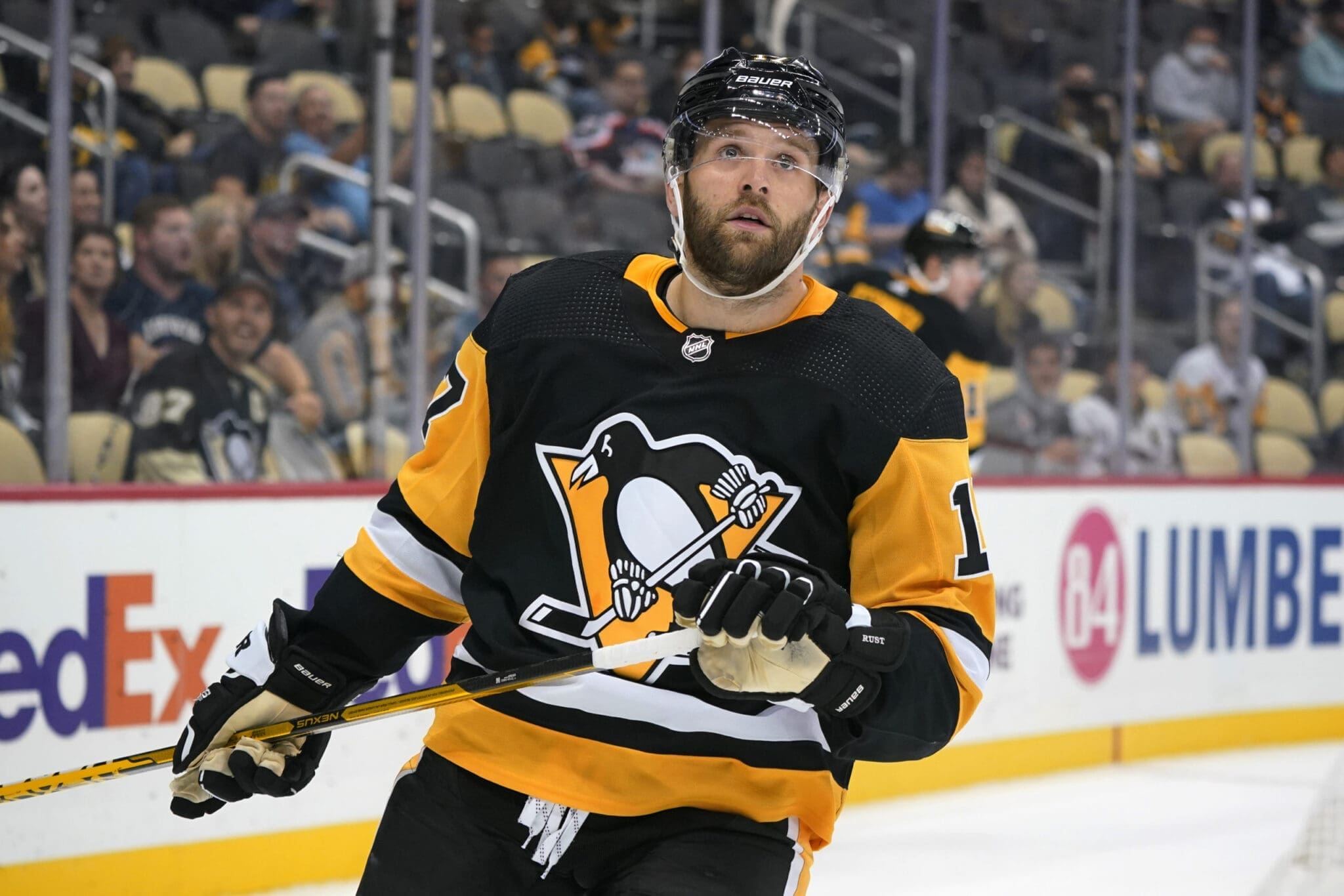Penguins
What Are Sullivan’s Options When Putting Top Two Lines Together?

Mike Sullivan has preached the importance of versatility since he became coach of the Pittsburgh Penguins in 2015.
He puts a high value on forwards who can be equally effective on both wings (and maybe in the middle, too), as well as those who can fill in capably on lines up and down the lineup.
And being able to do both — Evan Rodrigues would be a good example — is a good way to enhance the chances of maintaining a spot in the lineup for guys who might not be guaranteed of holding onto one.
Having players with those qualities gives Sullivan flexibility when putting together line combinations and, given the current makeup of the Penguins’ roster, he and his staff should have plenty of options to mix-and-match personnel on the top two lines.
Oh, there likely are a few certainties — Sidney Crosby and Evgeni Malkin will be the first-and second-line centers, respectively, and it’s hard to imagine that Crosby won’t have Jake Guentzel on his left side — but beyond that, Sullivan will have quite a few possibilities to consider.
Right winger Bryan Rust, for example, has meshed nicely with Crosby and Malkin. So has Rickard Rakell, who can be deployed on the right or left side.
And while Jason Zucker likely will reprise his role as the second-line left winger, Kasperi Kapanen could complicate things by creating a few more potential configurations if he lives up to his potential as a top-six talent.
“We’ve got six guys who are interchangeable, plus (Kapanen),” president of hockey operations Brian Burke said. “So we think there’s a group there that (Sullivan) can shuffle.”
Sullivan, like most coaches in today’s NHL, likes to begin with a pair of forwards who have shown chemistry — Crosby and Guentzel are a good example — and then complete the line by finding a guy whose game complements those two.
“He doesn’t like juggling lines,” Burke said. “But he doesn’t mind moving people around, either. … You get two guys who work together, and then you try the third guy. And if he’s not working, you try a different guy.”
Since the end of last season, the Penguins have re-signed four of the seven forwards who are expected to be in the top-six mix during training camp — Malkin, Rust, Rakell and Kapanen.
Rust got the most lucrative contract of any of the three wingers — his salary-cap hit will be $5,125,000 — and his six-year deal matches Rakell’s as the longest in the group.
Giving him more seasons than expected allowed the Pittsburgh Penguins to hold down his cap hit and, while Rust will be 36 when his contract expires, Burke said that the nature of his game will allow him to contribute even if his offensive skills begin to erode as his career moves along.
“Rust is our best puck-recovery guy,” he said. “When we’re on the power play and don’t score, we get the puck back from him more than anyone else. He’s a great puck-recovery player, and he can kill penalties.
“That’s why we’re not worried about the term on his contract; even if he drops down in the lineup (in future seasons), he can still kill penalties.”
That’s the kind of versatility Sullivan recognizes. And surely appreciates.












